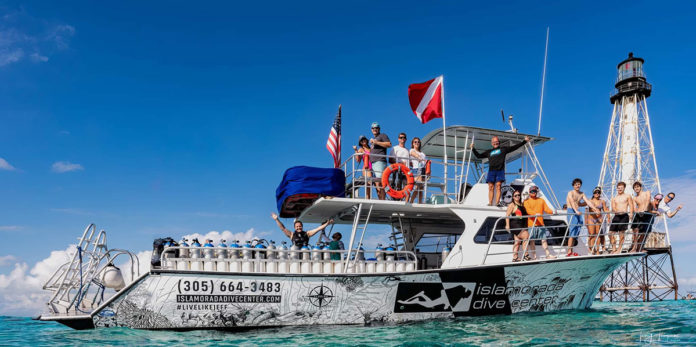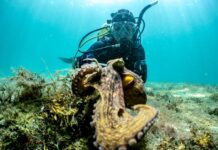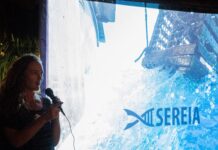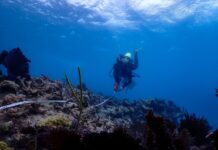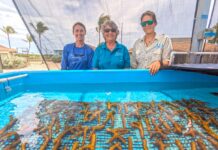Conditions this past week were very nice. Saturday, especially, was beautiful – with low winds and sunny skies. We took advantage of that nice weekend weather to take a group out to Alligator Reef.
This reef, one of the most famous in the Upper Keys, is named after the USS Alligator, a U.S. Navy schooner constructed in 1820. Its wreck currently lies in 3 to 12 feet of water 200 feet southwest of Alligator Reef lighthouse in Islamorada.
According to the National Park Service, this warship was used for two main reasons, both of which were very important to U.S. President James Monroe. When Monroe took office in 1817, it was illegal to transport new slaves to the U.S. from Africa, and it fell upon the Navy to enforce that law. Thus, warships like the Alligator and others were sent to West Africa to patrol the shores and to suppress the illegal trade of slaves coming from there to the U.S.
Monroe also deployed the Alligator to combat piracy in the Caribbean and to protect merchant ships off the coast of Florida from pirates. This was his other big concern of the time. The Alligator spent most of the summer of 1822 fighting pirates.
In November 1822, while escorting a convoy of merchant ships off the shores of the Florida Keys, it ran aground on what is now Alligator Reef. The crew tried to refloat the vessel; when unsuccessful, they decided to set it afire to prevent pirates from salvaging the wreck.
Today, we can observe this historical wreck right off one of our most famous reefs. We can see two ballast piles and some rubble. One of the piles contains some artifacts from the vessel. It’s in a fair state of preservation and considered a stable wreck for exploring.
Next Week’s Dive Report
Windy is the word for this week, at least in the first half. Thankfully, they’re calling for the winds to lay down heading into the weekend.
Conservation Update
Luckily, things will settle down just in time to plant some corals with I.CARE. Join Islamorada Dive Center on Saturday for our coral planting – probably also on Alligator Reef.
Conservation Tip
Alligator Reef is a designated Sanctuary Preservation Area, or SPA. These are designed to help sustain critical marine species and habitats. SPAs are marked by large, yellow buoys in each corner of the protected area. Be aware of where you’re recreating.
I.CARE Tip
There are many I.CARE coral outplantings at Alligator Reef, so be careful not to harm the plantings when enjoying this spectacular place.
















